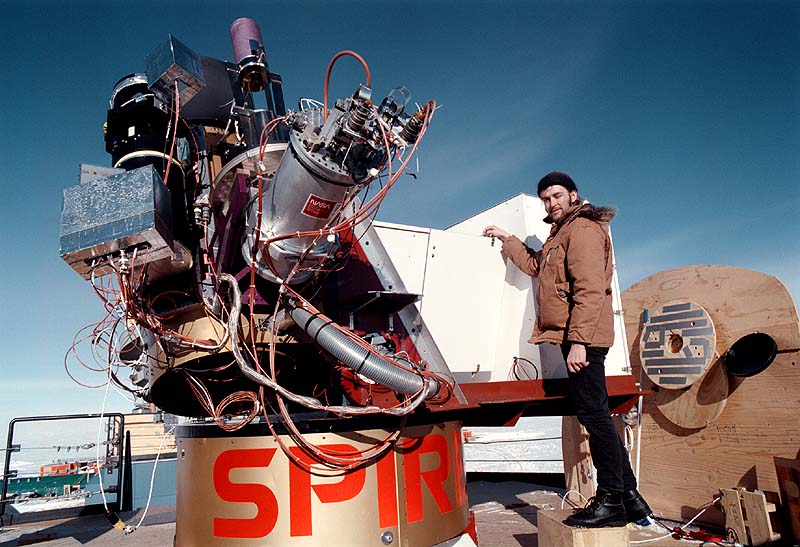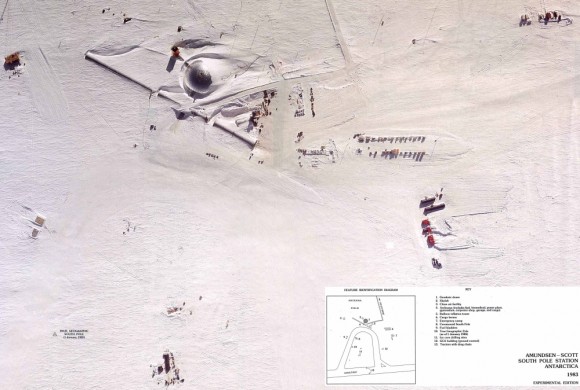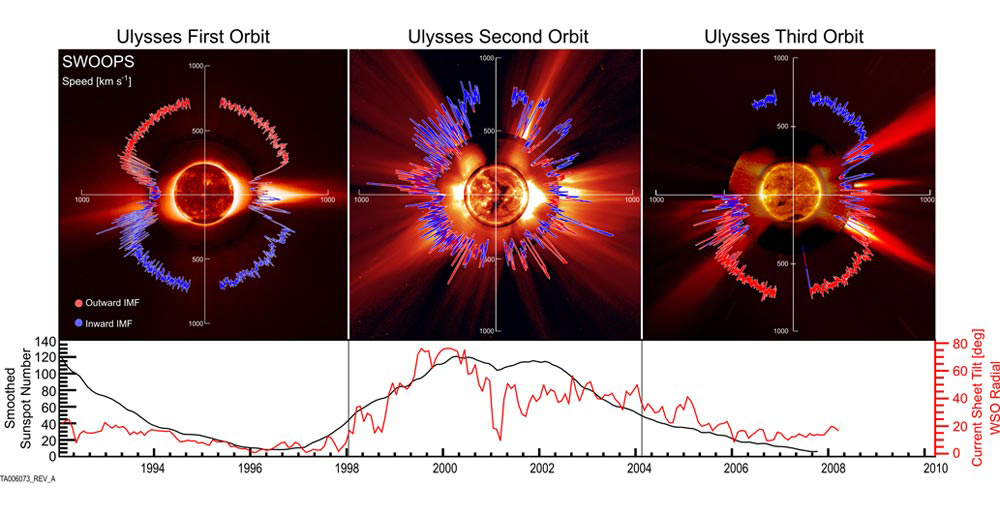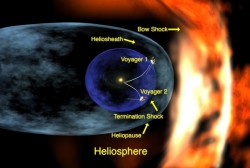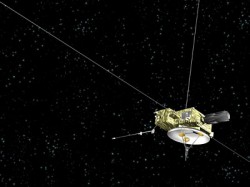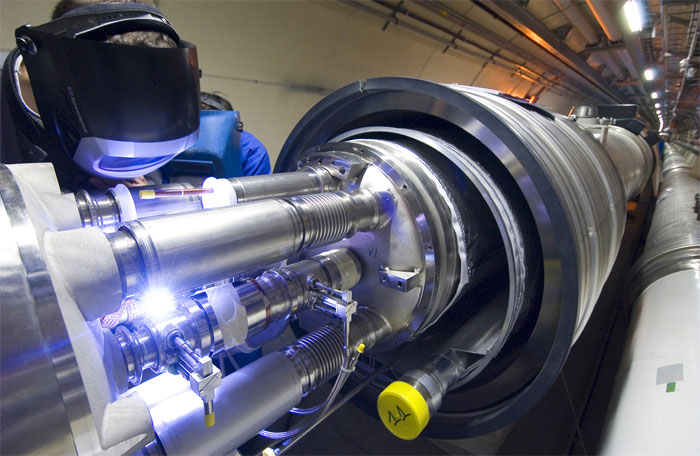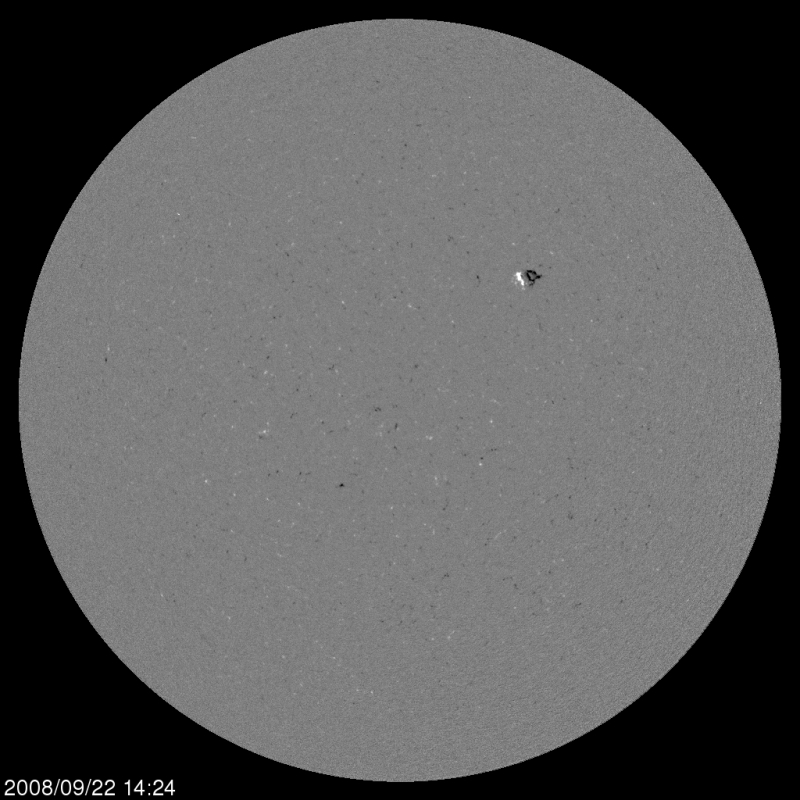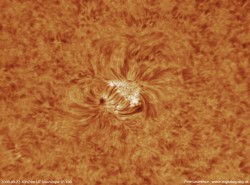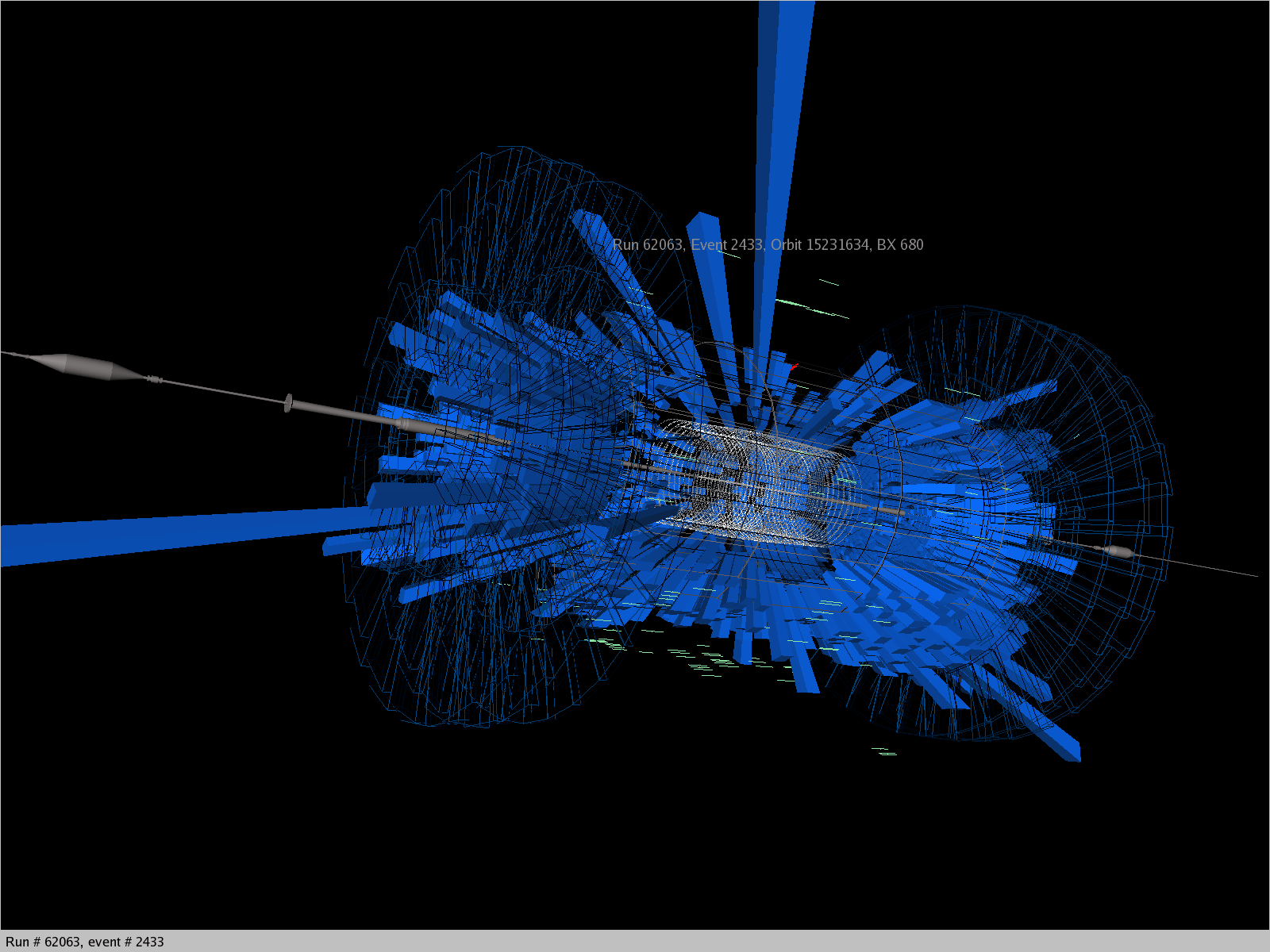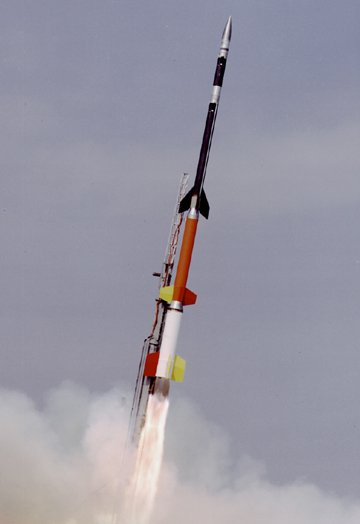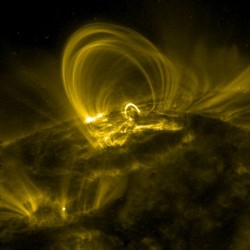[/caption]It’s official, the LHC lawsuit has been dismissed. After seven months of hype, media frenzy and hysteria about the non-existent risk associated with the Large Hadron Collider, Federal Judge Helen Gillmor said her Honolulu court lacked jurisdiction over the European-based CERN particle accelerator. This decision may have been a long-time coming, but at least we can all look forward to spring 2009’s delayed LHC experiments without a fantastical lawsuit hanging over the proceedings.
Although the suit, filed by Walter Wagner and Luis Sancho, was intended to discredit the science and safety behind the LHC, it turns out that it may have done exactly the opposite…
We have been following the LHC lawsuit with some interest on the Universe Today (just in case you hadn’t noticed). At first, the lawsuit seemed to be some kind of half-witted stunt, and it was treated as such. However, once the world realised that two guys in Hawaii really had filed a real lawsuit against the US partners in the European project, the media started to get interested. Questions of concern began to crop up, such as: What if Wagner is right? What if a black hole does swallow Earth after the first particle collisions? What’s going to happen if the LHC does spawn a choking hoard of strangelets?
But as the frenzy calmed and physicists started to formulate their own, more grounded, arguments against the lawsuit’s claims; the public started to investigate what all the fuss was really about. Then we started to get more inquisitive questions, such as: What actually is the Higgs Boson? What is the “Standard Model” and why is it important? What do you mean by “re-create the conditions shortly after the Big Bang”? Very quickly physicists realised that the LHC lawsuit – although clearly unhinged and fearful – could be used to their advantage. Excellent physics speakers such as Brian Cox became the centre of attention as the world’s minds turned to them for answers; the worlds biggest physics experiment suddenly became the topic of conversation in coffee shops and bars the world over.
Actually, this isn’t a bad thing…
Although picking holes in Wagner et al.’s theories was fun for a while, more media hype was on the horizon as the September 10th LHC “switch on” approached. I saw various mainstream media sources publishing horrendous articles predicting the end of the world in days, based purely on the speculative claims of Wagner’s legal action. (After all, fear sells.) However, through the hysteria, many sources were talking coherently and intelligently about what the LHC will do and what we hope to discover. For the first time in many years, a physics experiment was on the front page of every new paper, website and TV headline.
One of the plaintiffs, Luis Sancho, responded to Judge Gillmor’s decision and summed up the lawsuit fairly accurately. “The lawsuit was an unbelievable success in that it put the collider issue on the intellectual agenda,” he said in an email to the New York Times. Although he was referring to his “collider issue”, he is absolutely right that his actions helped to put the LHC on the “intellectual agenda.” For once, it looks like from all this doomsday hype, the LHC managed to generate huge positive interest, and with the patient safety reports and arguments put forward by CERN scientists, any fears were quickly subdued.
Back in the courtroom, Judge Gillmor rightly stated that Wagner’s suit was a “complex debate” of concern to the whole world, and not just physicists. If anything, at least this lawsuit did achieve one thing: it brought a complex physics experiment into the public domain so it could be debated. Plus it created some fantastic advertising ahead of the first (delayed) experiments early next year…
Source: NY Times



